OTHER KEY MAINTENANCE
Check your owner’s manual for your particular outboard’s maintenance schedule. It will recommend certain maintenance tasks depending on the number of hours on your outboard. So be sure to watch your hour meter or use our Siren Connected Boat™ app on your smartphone to stay on top of these timed maintenance tasks.
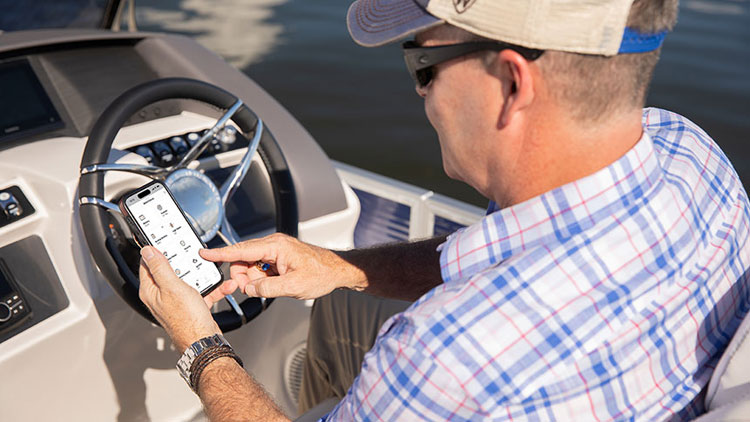
DO IT YOURSELF
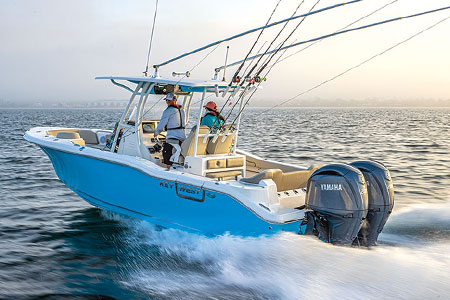
Let’s keep your engine nice and cool and running at a safe temperature by keeping an eye on your water pump.
As a general rule, inspect the impeller and water pump assembly every year whether you’re operating in salt, brackish, or turbid water, or in freshwater. Be sure to check your owner’s manual for your outboard’s specific service interval.
Your water pump is responsible for keeping your engine cool. Cooling water is drawn in through the intake grates on your lower unit, up to and through a rubber impeller keyed to the drive shaft and pumped up into the powerhead of your outboard. There it circulates and exits back down through the propeller to help keep it cool from the outboard’s exhaust. A telltale hole (typically located in the lower cowling area) emits a small, visible stream of water to indicate cooling water is flowing.

TIP: If water stops flowing from the hole on your outboard, or if the stream becomes weak, carefully check the outlet tubing for obstructions. Mud daubers and other insects love to call these places home.
TIP: Not all outboards will emit waterflow from the hole at idle speed, even when operating normally. Once RPM increases a bit, you should see it. If you don’t, keep a close watch on your temperature gauge and listen for a warning horn. Most outboards have an RPM reduction mode that will limit engine RPM if an overheat condition is detected.
TIP: The rubber impeller is located inside a stainless-steel cup and uses the water for lubrication. If water is not present, the friction of the rubber on stainless steel will rapidly overheat and destroy the impeller. It’s imperative NOT to operate or turn over your outboard without there being a proper supply of water beforehand.Time without use can lead to the impeller “taking a set,” or becoming permanently deformed, due to its off-center positioning inside the cup. Additionally, periods of non-use can cause the rubber to become brittle, perhaps even breaking pieces off and sending them into the cooling system. It’s best to replace your water pump impeller or the entire water pump assembly when servicing these items, and never rotate your outboard’s crankshaft or driveshaft in a counterclockwise direction.
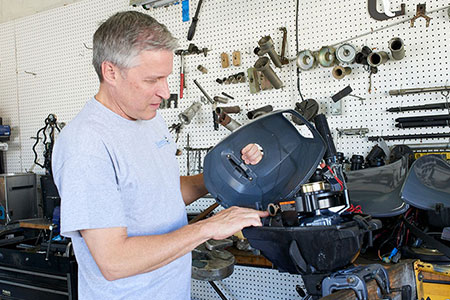
If you find cracking or fraying, be safe and replace. Do not handle the belt with lubricant of any kind on your fingers. Keep these safe from spray-on lubricants, too.
NOTE: Belts cannot be “flipped” to extend life, as they are cogged.
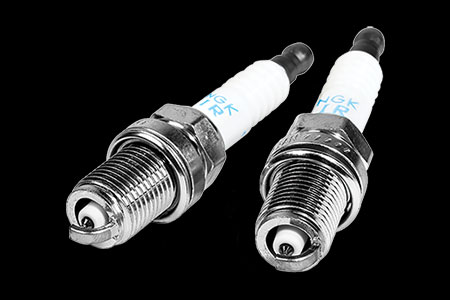
Pull four-stroke outboard spark plugs every 100 hours or every other season and check for proper color and wear. They should be a light brownish color and have relatively sharp edges. When necessary, replace with the exact manufacturer and part number Yamaha stipulates. The brand type and style of spark plugs used in your outboard are by design. Don’t second-guess or try to cross-reference here.
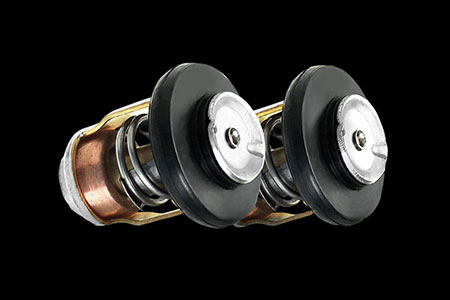
Both of these are responsible for regulating the operating temperature of your outboard. They’re best observed through any signs of change in the engine’s operating temperature. Operating in saltwater can cause deposits to build up, causing the valves to stick open, which can over-cool the outboard and prevent it from reaching proper operating temperature.
Small bits of debris in the cooling water can get lodged between mating surfaces and cause the same condition. If this happens, removal and cleaning is most often the fix. Check your owner’s manual for replacement recommendations.
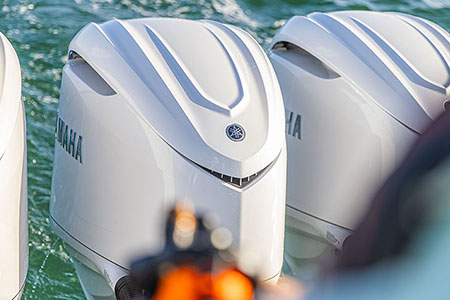
Check the air intakes for any obstructions such as bird nests and other debris. Look under your cowling, too. A Yamaha engine cover will assist in keeping these passageways clear of any obstructions.
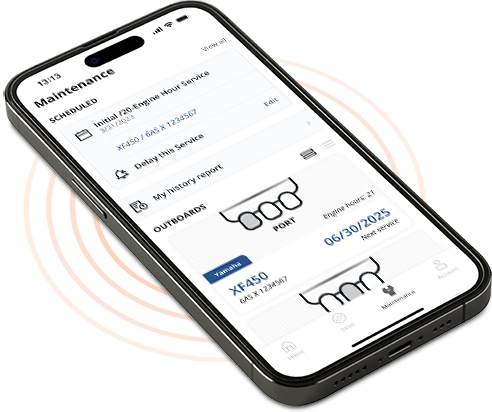
IS IT TIME TO SWAP YOUR SPARK PLUGS?
Know instantly with the Siren Connected Boat<sup>™</sup> App When do your belts, hoses, and spark plugs need attention? Know what to look and listen for with the Siren Connected Boat app. It offers how-to videos, maintenance tracking, and more, right on your smartphone.
When do your belts, hoses, and spark plugs need attention? Know what to look and listen for with the Siren Connected Boat app. It offers how-to videos, maintenance tracking, and more, right on your smartphone.
